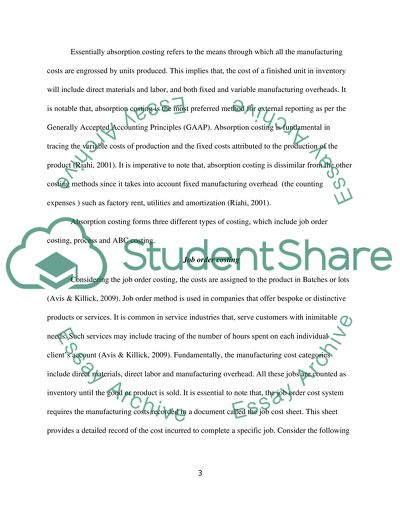Cite this document
(“Product Costing Essay Example | Topics and Well Written Essays - 1750 words”, n.d.)
Product Costing Essay Example | Topics and Well Written Essays - 1750 words. Retrieved from https://studentshare.org/finance-accounting/1465703-product-costing
Product Costing Essay Example | Topics and Well Written Essays - 1750 words. Retrieved from https://studentshare.org/finance-accounting/1465703-product-costing
(Product Costing Essay Example | Topics and Well Written Essays - 1750 Words)
Product Costing Essay Example | Topics and Well Written Essays - 1750 Words. https://studentshare.org/finance-accounting/1465703-product-costing.
Product Costing Essay Example | Topics and Well Written Essays - 1750 Words. https://studentshare.org/finance-accounting/1465703-product-costing.
“Product Costing Essay Example | Topics and Well Written Essays - 1750 Words”, n.d. https://studentshare.org/finance-accounting/1465703-product-costing.


